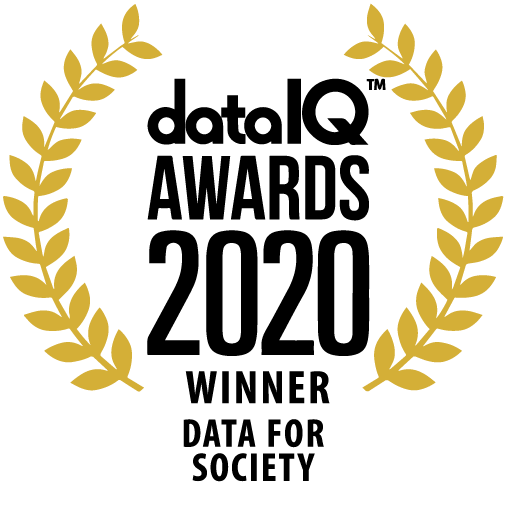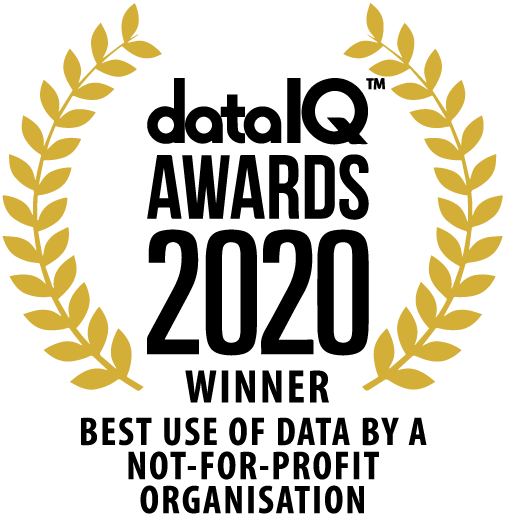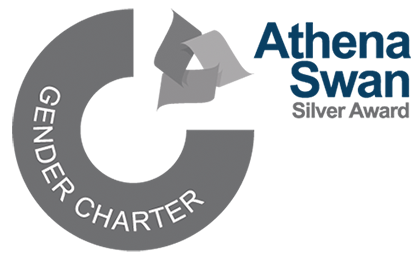Tech Report
Cognition, ontologies and description logics
This report describes work undertaken and planned, the goal of which is to better understand how people comprehend and use complex ontologies, in particular those employing Description Logics (DLs). Two research questions are posed:
1. In what way can the difficulties experienced in using Description Logics be understood in terms of an underlying theory, e.g. theories of reasoning already developed within the cognitive psychology community?
2. In what way could such a theory contribute to improving the usability of Description Logics?
An initial survey of 118 ontology users has confirmed the importance of DLs, specifically the variants of OWL. The survey also looked at two particular techniques for mitigating complexity: visualization and the use of patterns. Opinions on the value of visualization were varied, with over a third of respondents finding visualization ‘not at all useful’ or ‘useful to a small extent’. Whilst many of the respondents used patterns, the majority of the users did not import patterns from a library but merely used them as examples. Responses to a question about the purposes for using ontologies suggest that a categorisation of users into a few groups is possible. Such a categorisation could help in understanding user behaviour and requirements.
A laboratory investigation into the comprehension of commonly used DL statements revealed some common difficulties. Many users experienced difficulties with the negated conjunction; there was a common misconception concerning the inheritance of property characteristics by subproperties; and to a lesser extent there were difficulties with the functional characteristic and the existential quantifier. The mental model theory of reasoning was used to explain the difficulties experienced with negated conjunction, whilst the rule-based approach helped explain how complexity influenced accuracy and response time.
A programme of further work is proposed. The most immediate step will be to build on the existing study into DL comprehension with more controlled experiments on the effect of varying the complexity of commonly occurring DL statement structures. Subsequent work will look at the effect of alternative linguistic structures and diagrammatic representations. It is also intended to conduct interviews and focus groups with ontology users, both to gain a deeper insight into their problems and to obtain feedback to the ideas developed regarding alternative linguistic and diagrammatic representations.







